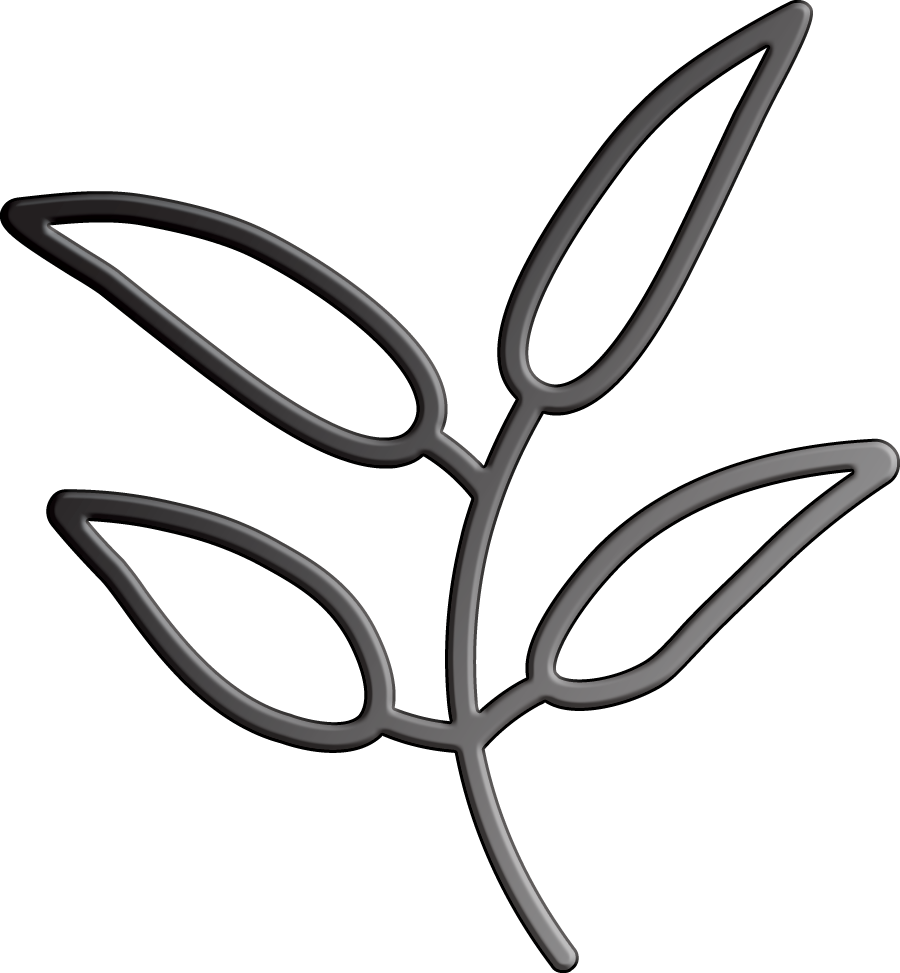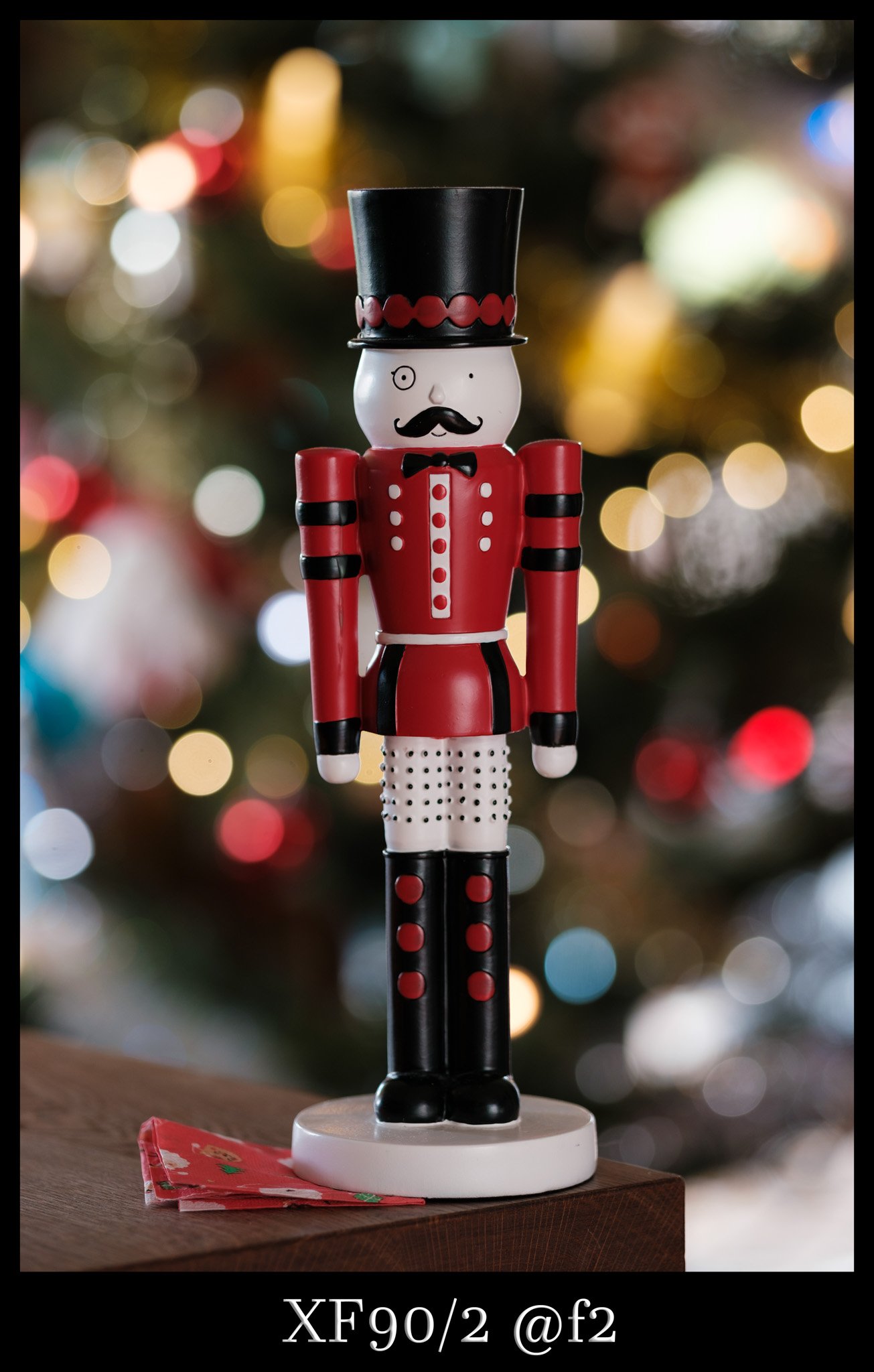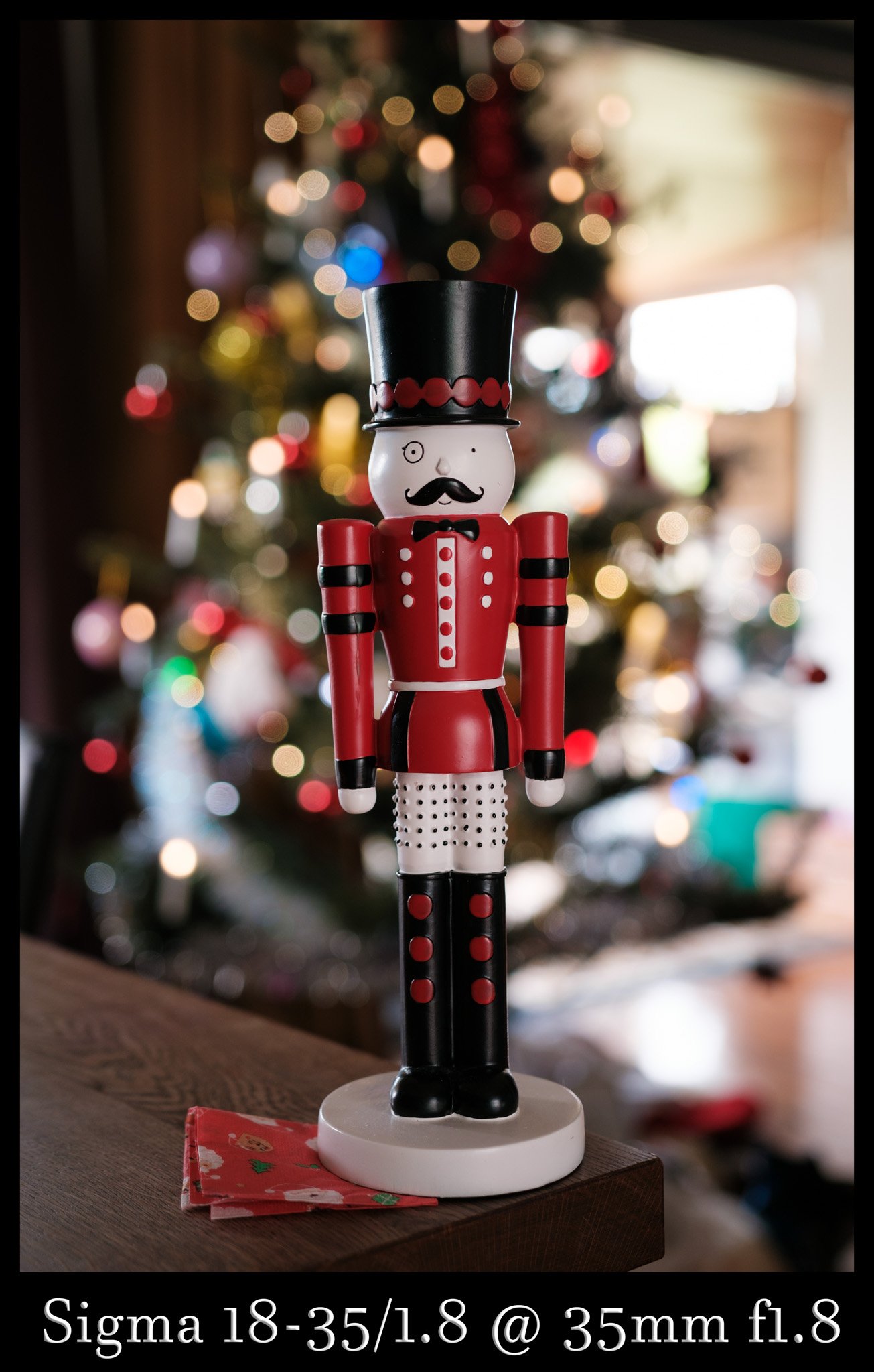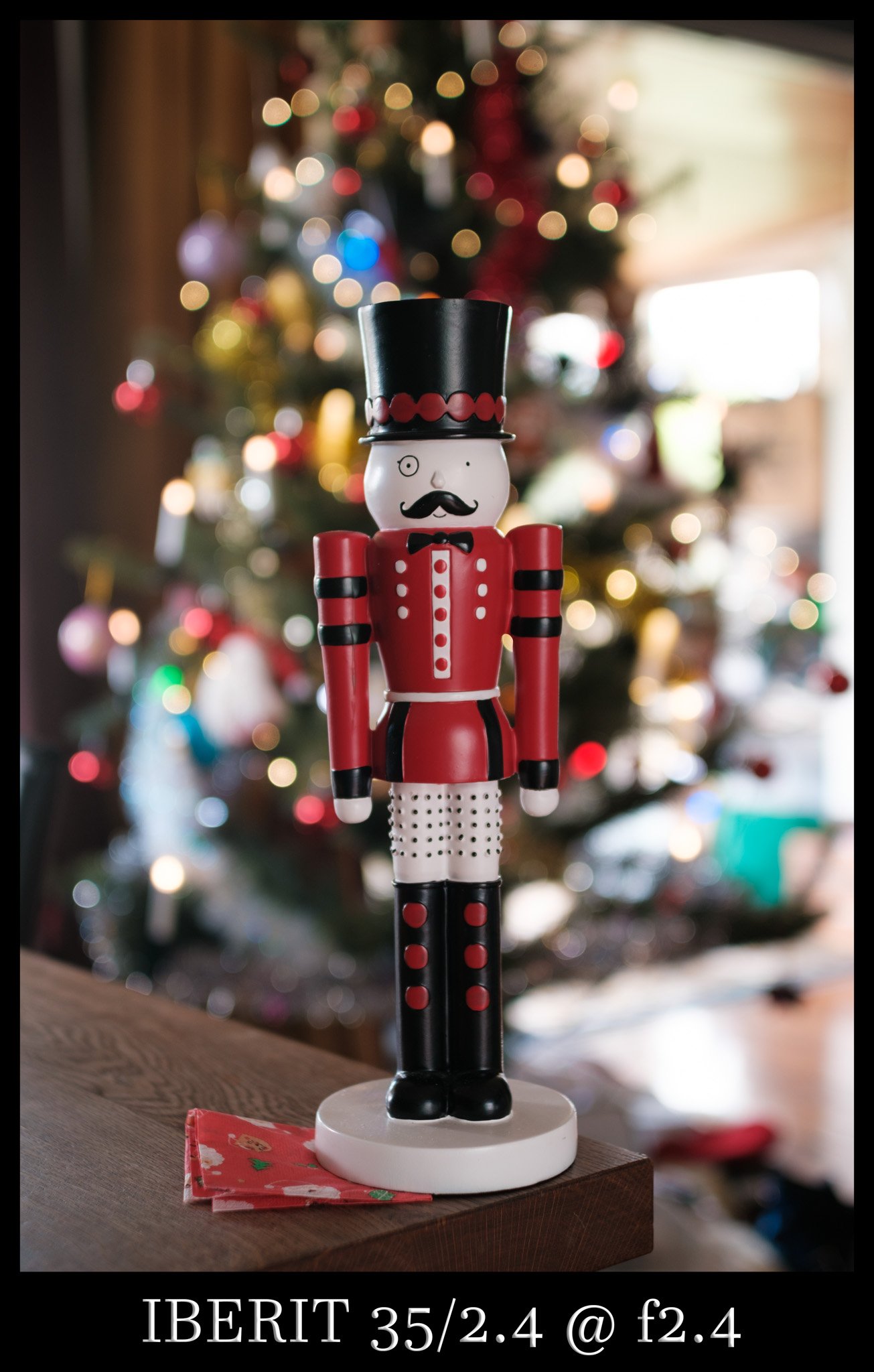Bokeh Bonanza
2024 will signal some changes for me and the equipment I choose to use. Before I sell ‘everything’ I thought it might be useful to do this very unscientific and amateur comparison of bokeh between the glass I currently have (before it leaves the nest).
About the Test
All shots were taken using a tripod and 2 second timer. I was using a mixture of ambient light (what was available and illuminating the Nutcracker figurine, which by the way is 13 inches tall), but the artificial light of the Christmas tree lights remained the same throughout.
I was in Manual mode throughout yet the in camera meter would show -0.6EV for the shots taken. The images shown are from the RAWs with a fixed WB for all the shots, so any colour or temperature shifts you see are more to do with the optical renderings as well as a change to the ambient light/focal length changes. All images were mildly edited to help demonstrate the bokeh better. The base film simulation recipe classicCHROME. The wider angle shots were too dark at -0.6EV bias so were lifted quite significantly in post to match the rest of the set (IQ is not really the objective here, just the out of focus rendering differences).
Bokeh Comparison (moving the tripod to compensate for FoV differences)
As I was switching lenses on the camera mounted to the tripod, I noticed a significant difference between the how the focal lengths would impact the FoV (Field Of View), i.e. the appearance size of the figurine. So for this section I nudged the tripod back and forth to get a somewhat similar framing for fairer comparisons.
The final section I shall show the differences between the FoV. For now let’s just concentrate on oof rendering and bokeh.
XF90 vs XF50-140
The XF 90/2 shot becomes essentially the standard baseline image for this comparison (in terms of framing). The XF50-140 I chose to ignore the lens collar and mount the camera to the tripod directly (so that the sensor was kept in the same place). I did this for all the XF50-140 shots so when we get to the FoV comparisons below please remember this.
With the second image of the 50-140@90mm f2.8 I moved the tripod slightly to get a similar framing/size of Nutcraker. For the remaining images here in this section you can take this as standard, lens was mounted, judgement was made to see if I needed to shift the camera further in or further back to get a similar framing to the baseline 90/2 shot.
What is also noteworthy is that there is a colour shift on the second 50-140@90mm shot, despite having the same WB settings. Perhaps the ambient light changed slightly. I also noted with the Kipon 40mm f0.85 comparisons below that there was a shift when simply changing apertures (something I think Alik Griffin mentioned in his review of this optic).
The XF90/2 shot vs the 50-140@140mm pretty much demonstrates why I purchased a 50-140. Despite a stop difference the oof amount is similar (bokeh balls remain roughly the same size etc). Of course there is a swirly effect going on with the 50-140 whereas the 90/2 is presenting flat and well defined round bokeh balls (even in the corners). The 90/2 is showing a cleaner output for sure.
XF50-140 vs XF50 vs Takumar 50
Next up I thought it would be fun to compare ‘50mm’s. We’re seeing a difference here in bokeh ball sizes due to the significant aperture shifts. Of course the Takumar 50/1.4(8e) is showing a radical departure in terms of styling, showcasing strong ‘soap bubble’ rendering. It’s interesting to note that bokeh ball sizes on the Takumar are roughly about the same as the XF90/2 above, just shaped and styled differently. Personally I love it, I wish more modern lenses provided a similar look (with autofocus to boot). All three lenses here still show a swirl whereas the 90 does not.
XF90 vs XF56/1.2RWR vs XF50-140
Next up I thought it was sensible to compare the 90/2 and new 56/1.2RWR (and for good measure the 50-140 set to 56mm at its widest aperture). The 90/2 and 56/1.2 often go head to head in portrait battles online, here we can see the differences in bokeh ball sizes with the 56 having significantly larger ones. Interesting to note however is that the 56/1.2 takes on a cats eye bokeh and some swirl whereas the 90/2 fights this effect.
Kipon Komparison (the fastest guy in town)
I thought it might be interesting to show the differences in aperture changes on the Kipon IBELUX 40mm f0.85 mkIII (on sale now!). The difference in framing here exists because the MFD (minimum focus distance) has now switched to 75cm. I often add a +1 diopter filter to my IBELUX to allow me to get in a tad closer. Despite the shots being taken in quick succession with only an aperture change, the colour shifts are noticeable. I find it remarkable how much a difference there is between just 0.85 and f1 (an absolute tiny deft of change on the aperture ring!). It is nice that f1 still holds onto a fairly dreamlike quality (and here is where a good deal of CA disappears). By f1.4 the bokeh balls are starting to have edges however the upside to that is all CA is gone. Definitely 0.85 is a very unique and interesting look.
Sigma vs Zeiss
Next up we have the legendary Sigma 18-35/1.8 Art being compared with the often forgotten Zeiss Touit 32/1.8 lens. Here we see once again some of that soap bubble styling of bokeh balls from the Touit, it is the only autofocus lens I know of that really seeks out that style of bokeh. The Sigma is behaving itself providing a pleasing smooth oof rendering. I like both for different reasons. It appears to me that both the Takumar 50/1.4 and Touit 32 show their soap bubble effect the most on bokeh balls further away from the center and more towards the edges.
KIPON vs Sigma
I’ve not long had the ikle little Kipon IBERIT 35/2.4 but from what I have seen so far I really like it. Also interesting to note that with similar framing and almost a stop difference, the bokeh ball sizes between the two lenses are not that much different. I really like the shape of the bokeh balls towards the edging of the frame on the IBERIT, they become somewhat cute little squished balls (but not cat eyes).
And lastly for this segment I decided to compare the XF16 against the Sigma 18-35 (set to 18mm), and as before I adjusted the position of the lenses to get a similar framing. Despite this similar framing we can still see that the 16mm is pulling in more of the environment (would be much more if I left the tripod in the same position relative to the figurine). Out of focus rendering here looks similar to my eye, smooth and pleasing on both.
FoV (Field of View) Differences
We’ll start with the XF90 again, this time with the camera left in the exact same position and switched to the XF50-140 set to 90mm. Actually… I found setting the zoom ring to 90mm gave an EXIF value around 86mm, so I pushed a little past it till EXIF read 90.6mm. I have no idea which lens is really 90mm, and there isn’t a huge difference between the two, but I thought it was noteworthy.
Here the differences become quite apparent, when setting the XF50-140 at 50mm it still appears quite a bit more ‘zoomed in’ than the XF50/2. Again I have no idea which lens is really closer to 50mm FoV.
I couldn’t quite land on 56mm exactly with the 50-140, instead EXIF shows 54.1mm, interesting that even 1.9mm less it still appears more zoomy than the 56/1.2RWR.
The Sigma reads 32mm exactly according to the EXIF, here we see the Touit 32 applied to the camera at the exact same spot. Hmm… is the Touit wider than 32 or is the Sigma telling porky pies…
The IBERIT being the reference here, and changing over to the Sigma 18-35 (set to 35mm) at the exact same position… quite a bit more zoomy. Are zooms just zoomier at their given focal lengths?
Doing these kind of tests is hard because of such changes to the FoV, making the necessity to constantly move the camera and tripod back and forth to get similar framing and a fairer bokeh comparison.
Well that brings us to an end for this amateur hour comparison set. I hope it was somewhat interesting and useful. Feel free to leave any comments or questions below.
Happy New Year everyone!





























